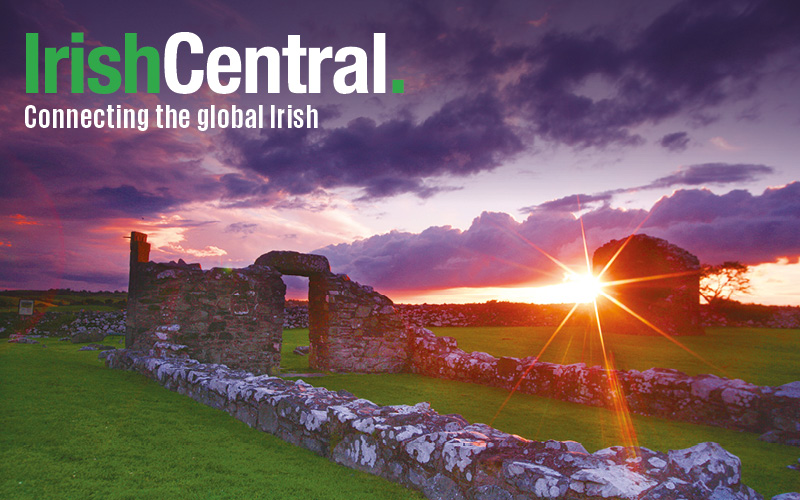Ireland has the potential to be hit by a tsunami, according to NUI Galway Professor Mike Williams. And it wouldn't be the first time it has happened, either!
"Yes we do have the potential for a tsunami because we have been hit in the past," he says.
Williams first noticed Ireland's tsunami history when researching huge boulders on Ireland's West coast. He noticed that many boulders had been lodged on top of cliffs and other unlikely places.
Some boulders are perched as high as 25 meters on top of a cliff. They were previously believed to be a result of glacial erratics, but the professor has come to the conclusion that they owe their origin to tidal waves and devastating storms, which have the power to hurl boulders onto cliffs and high land.
During the "Night of the Big Wind" in 1839, many boulders were hurled onto the cliffs of Aran Island. A large wave was also recorded off Ireland's West coast on the March 11, 1861. A wave measuring over 50 meters high smashed into a lighthouse on Eagle Island and damaged it beyond repair.
There have also been recordings of people being washed off cliff edges by massive freak waves. The Lisbon Earthquake on November 1, 1775 also sent a wave to Finland, England, North Africa and Ireland. A large tsunami resulting from the earthquake partially destroyed Galway's Spanish arch and carried many people away with it.
However, Williams says that only a massive earthquake or underwater landslide of Biblical proportions could trigger a wave that could engulf Ireland's West coast.
He also points out an unlikely cause of destructive tidal wave would be an astroid. Fortunately, Ireland does not lie close to the fringes of a tectonic plate, so the chances of the Emerald Isle Isle being hit by a tsunami are rather slim.
It is most likely that another "Lisbon Earthquake" would be our greatest chance of being hit by another tsunami.




Comments